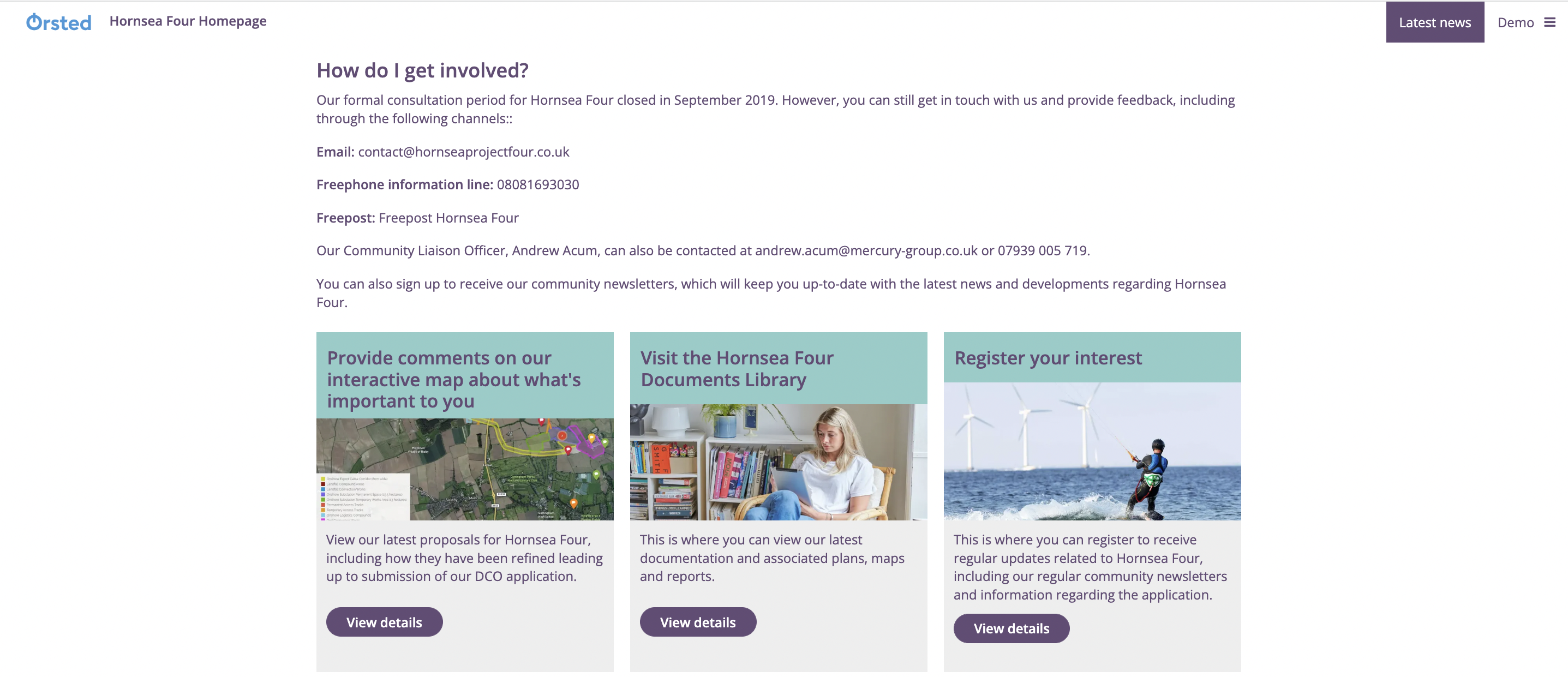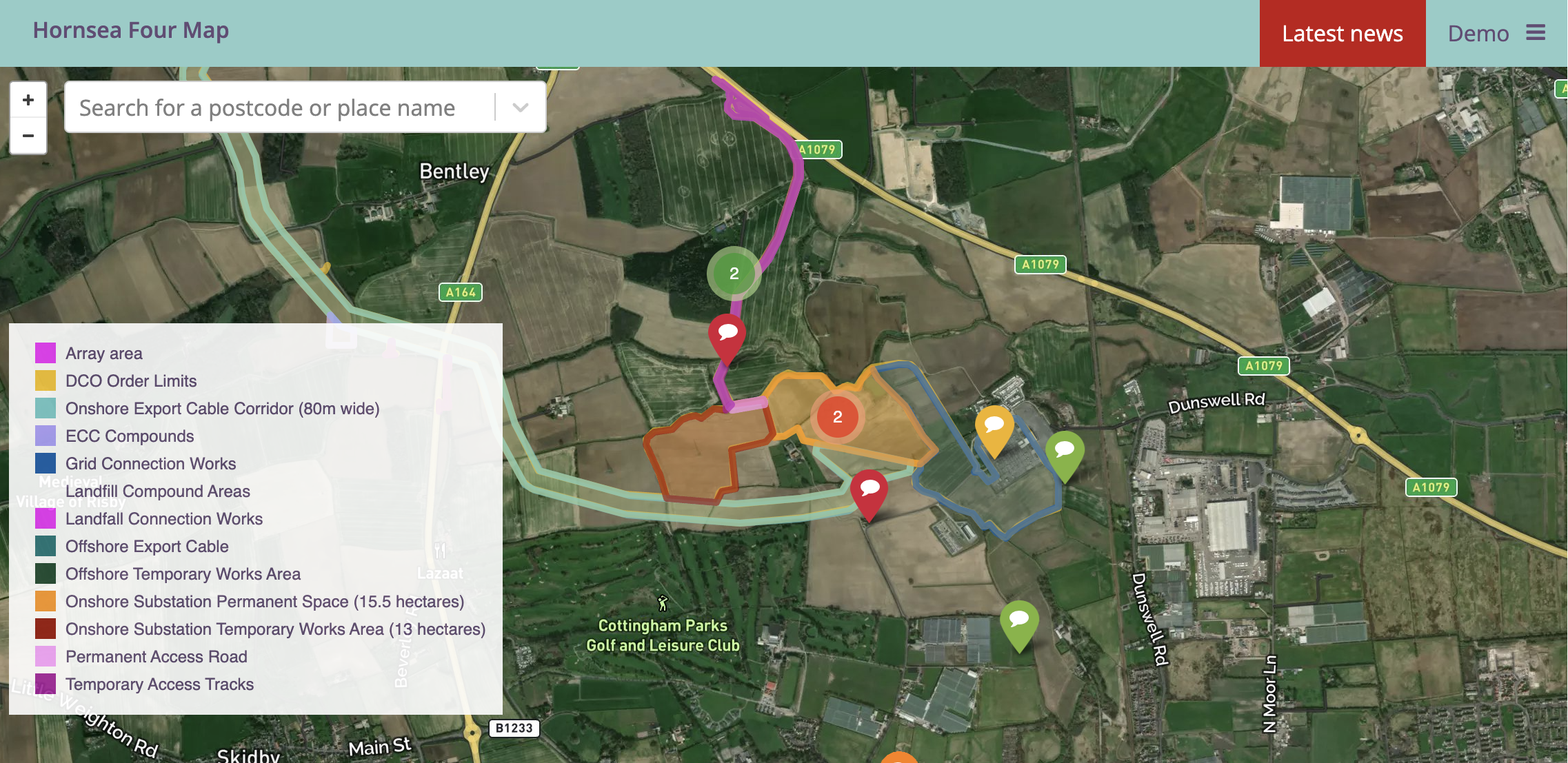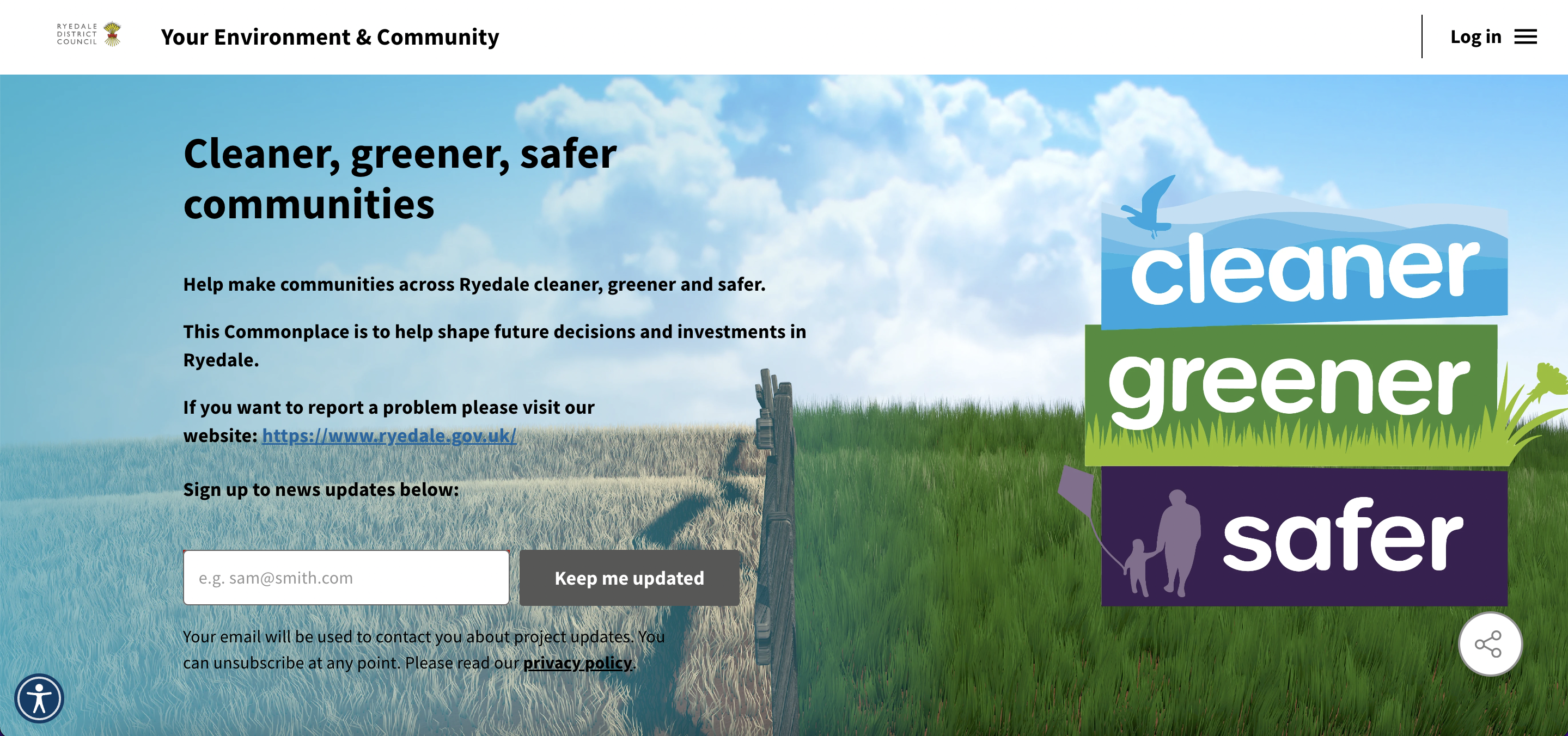UK offshore wind expansion: getting the public involved

By David Janner-Klausner | 03/08/22 10:29
3 min read
The UK is a world leader in offshore electricity generation from wind. Offshore wind-powered generation capacity is almost on par with on-shore wind generation despite the complexity of operating huge infrastructure in open seas. There are a number of reasons for this: offshore winds are more consistent, meaning offshore wind farms operate for more of the time. Planning approvals have become more difficult to obtain for onshore wind projects, especially in England.
As the UK moves to meet its net-zero commitment, the electricity grid will start to change significantly. Offshore wind requires onshore infrastructure, some of which may be outside locations traditionally associated with national infrastructure. Local communities are often suspicious of the new developments, and may resent the intrusion by infrastructure that may mainly benefit consumers farther away.
Offshore wind expansion: the government’s plan
Wind power is not the only form of generation that impacts locally. Solar farms are growing in popularity and these too, have local impacts in terms of landscape; associated infrastructure, and changes to rural land use patterns.
The government’s recent policy announcement to invest up to £54bn to increase UK offshore wind capacity to 50GW by 2030 will lead to a huge increase in the size of the power grid and new wind farm sites. This reshaping of the grid will have numerous local consequences that will require engagement with communities. Buy-in is essential and while people are aware of the climate emergency, there is still an understandable reticence about local change.
UK offshore wind expansion and Commonplace
Commonplace has already been used by promoters of renewable energy developments both onshore and offshore. It forms an ideal platform for communicating information, suggesting options for mitigating the impact of shore-based structures and, of course, receiving continuous and transparent feedback from the public. We work directly with promoters and developers, and also with agencies who look after communications and planning for a portfolio of their customer’s developments.
Broadly, the need for public engagement and the use of Commonplace falls into three categories:
- Impact on landscape
- Obtaining formal planning permission
- Developing community energy initiatives.
Offshore wind farms impact on landscape

New installations, be they transmission cables and pylons; power transfer stations, wind turbines or solar farms, they all impact on landscapes and may disrupt familiar views and local activities. Local people need to be presented with all the facts about the changes, as well about as any temporary disruption during construction.
Commonplace’s intuitive image slider tool can help by illustrating the potential impact on the landscape of energy installations and present alternative options. For example: the colour scheme for structures and the routing of pylons.
To see a consultation in action, have a look at the Hornsea Four offshore wind farm proposal. Their interactive Heatmap has already received a considerable amount of feedback throughout our pre-application consultation, including comments as part of their formal consultation on our Preliminary Environmental Information Report. All relevant documents are readily available to see and all comments from the public are visible to keep the engagement as transparent as possible.
Planning consultations

Grid related installations need planning permission, as do onshore generation facilities. Commonplace can be used in conjunction with proposals for new or expanded solar and wind farms. We also enable promoters of clean energy schemes to present their proposals to local communities; gather feedback and iterate proposals, as well as explaining key aspects such as associated construction and maintenance traffic, and related grid infrastructure. It’s also important to cover the most common questions, which can be done in an FAQ. We suggest answering the following:
- What is the goal of this offshore wind expansion?
- How many wind turbines are near me?
- How many wind turbines are there in UK?
- Do offshore wind farms affect marine life?
Commonplace works directly with scheme promoters and energy companies and has also been adopted by planning and communications specialists as their tool of choice for creating a web presence for projects. For example, in 2020-22 Commonplace worked with energy company Equinor and their consultants CounterContext to present and host the community discussion on the development of a new expansion of the Sheringham Shoal Extension Project (SEP) and Dudgeon Extension Project (DEP)wind farm off the shore of Norfolk - commonly referred to as “SEP and DEP”. The proposed expansion will provide energy that is equivalent to the needs of 785,000 typical homes. The website ran alongside public events and exhibitions in the locality, and illustrates the visual impact from the shore of using a larger number of smaller, lower turbines, or fewer, higher-output and taller installations. Having these illustrations helps to demystify the development. The Commonplace website also offers the flexibility needed to provide continuous engagement including information on events as they roll out; a document library, and use of the news feed to provide timely updates to subscribers.
Community energy projects

Renewable energy generation lends itself well to smaller-scale, community-based entrepreneurship. There are numerous examples of community groups building generation capacity over the past three decades. More recently, local authorities have started looking at local energy generation as part of their climate emergency policies and strategies.
Commonplace is frequently used in conjunction with local climate strategy discussions and consultations.. More recently we have been delighted to create and host a Commonplace website for the North Somerset Community Energy Plan. The local council is using Commonplace as a platform for informing its communities about renewables and for sharing ideas about the potential for renewable development in local areas. The Commonplace websites run alongside local community meetings, providing a “digital wrapper” for those activities - extending their reach and visibility.
In Ryedale, Commonplace has been used to ask the community about the possibility of initiating geo-thermal energy projects.
Renewable energy development is essential yet locally controversial and sometimes polarising. Commonplace has the ability to show facts and images to dispel myths; support online and in-person activities; and provide a long-term digital destination for information and interactions, as plans evolve over time. Commonplace has shown its worth with projects ranging from community to massive offshore.
.png)
